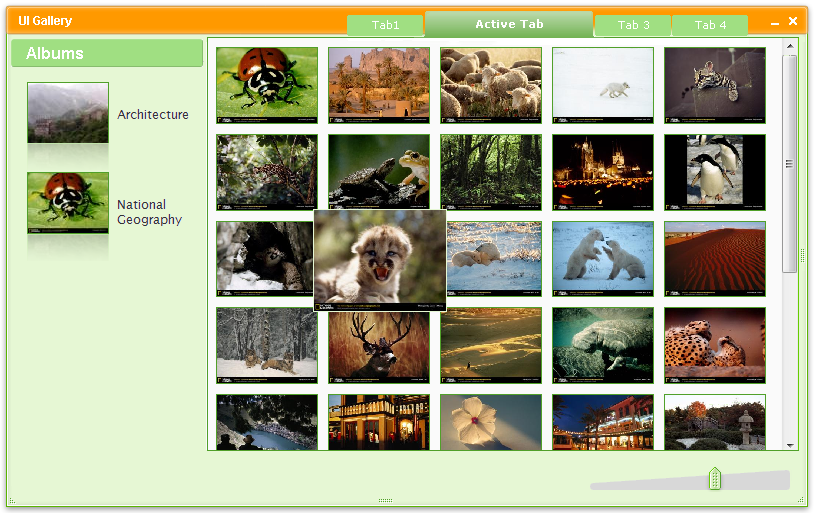
I finished reading “The Wisdom of Crowds” by James Surowiecki. It’s well worth a reading especially the first part which begins with the wisdom of crowds, explores the conditions (i.e. diversity of opinion, independence, decentralization, and aggregation) that characterize wise crowds, then deals with coordination and cooperation problems. The second part consists of diverse case studies and many real life examples from market and political activities that illustrate the idea behind the wisdom of crowds.
The main argument that Surowiecki shares throughout his book is that the many are smarter than the few. Surowiecki writes “group’s decisions will, over time, be intellectually superior to the isolated individual, no matter how smart or well-informed he is...under the right circumstances, groups are remarkably intelligent, and are often smarter than the smartest people in them. Groups do not need to be dominated by exceptionally intelligent people in order to be smart. Even if most of the people within a group are not especially well-informed or rational, it can still reach a collectively wise decision”.
Surowiecki mentions four conditions that characterize wise crowds:
- Diversity of opinion (each person should have some private information, even if it’s just an eccentric interpretation of the known facts).
- Independence (people’s opinions are not determined by the opinions of those around them).
- Decentralization (people are able to specialize and draw on local knowledge).
- Aggregation (some mechanisms exits for turning private judgments into a collective decision).
Surowiecki argues that diversity and independence are important because “the best collective decisions are the product of disagreement and contest, not consensus or compromise”. According to the author, diversity adds different perspectives to the group and if people in the group are independent of each other, the group is far more likely to come up with a good decision.
Surowiecki also argues that centralization is not the solution. But decentralization followed by aggregation is. As he puts it, “a decentralized system can only produce genuinely intelligent results if there’s a means of aggregating the information of everyone in the system. Without such a means, there’s no reason to think that decentralization will produce a smart result”.
After the exploration of the four conditions characterizing wise crowds, Surowiecki points to coordination and cooperation problems that arise from decentralization and stresses the need for mechanisms to solve these problems in a bottom-up manner.
It’s a nice book that I would recommend to everyone interested in network learning. More about this book can be found here.












